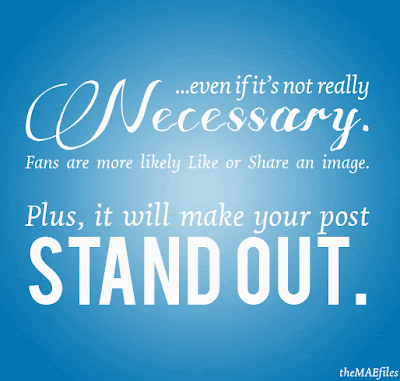E-newsletters, while an old “go to”, is still a great investment. We know what you’re thinking: doesn’t e-newsletters = spam? If you’re mindful and strategic about how often to send them out and what type of content you include, then no! In fact, they are a great way for you to connect with your customers directly and regularly, through a channel they are already invested in: their inbox.
Here are 5 reasons why you should start an e-newsletter:
- Your customers are already interested. Otherwise, they
wouldn’t have signed up! E-newsletter subscribers are more likely to
convert because they already care enough to want to know more. That’s a
great start!
- It’s a real-time reminder. It’s possible to miss updates on
social media. How often have you bookmarked a contest or promotion only
to forget about it? E-newsletters provide real-time reminders to your
already-interested audience.
- It adds to your brand value. Your website is not always
enough to showcase your expertise. An e-newsletter is a great way to
share articles, tips and advice that are relevant and time-sensitive
(ex. holidays).
- Gateway to your online channels. Ideally, your e-newsletter
links back to your website and social media pages. It is one of the best
places to list down your online properties because readers are already
invested in you.
- Shareability. E-Newsletters go to your customers’ inbox, which makes it easy for them to forward it to friends and family who they think might be interested. Unlike Facebook or Twitter, sharing is direct and personal.
xoxo
Mae








